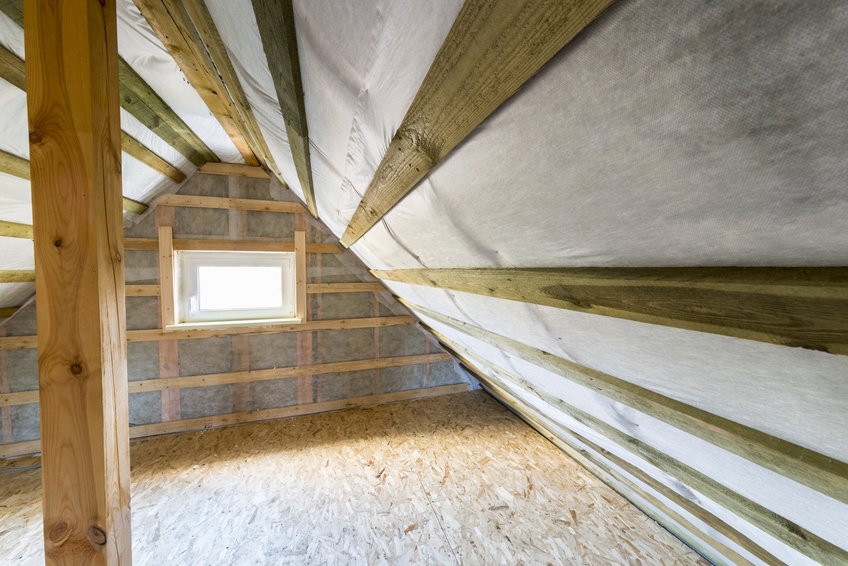In the last post, we discussed the basic preparation steps of installing a crawl space vapor barrier. However, understanding the specific steps of the installation process itself is the key to maximizing the barrier’s potential for crawl space moisture removal. Here’s part two of our homeowner’s guide to installing a crawl space vapor barrier.
Lay Down Moisture Barrier
When spreading and laying out your crawl space moisture removal barrier, make sure to overlap all seams and tape them for maximum protection. Experts say the plastic should be secured at a distance of about six inches up the wall. Then, use the landscape fabric stakes to keep it protected for potential future disturbances.
“Chances are that someone will have to slide around in the crawlspace later to fix a pipe or run a new cable. A few holes won’t make any difference in performance, and they’ll drain puddles if a heavy rain or leaky pipe leaves water on the plastic,” says The Family Handyman.
Protect Exposed Foundation
Next, cover any areas of your home’s foundation that may be exposed with one to one and a half inches of moisture proof insulation. This helps to maximize the overall effectiveness of the basement waterproofing system and keep your home and belongings as safe as possible. These barriers also help to keep the increasing dampness in the concrete from making its way into your home’s crawl space. Be aware that some brands may require a layer of drywall covering as well.
Complete Crawl Space Insulation
Finally, you’ll need to insulate the rim joists using rigid insulation and caulking it into place to prevent air leaks. Then, cap the foundation’s interior walls with a 6 ml layer of plastic in addition to galvanized flashing. This prevents further moisture while serving as a termite barrier to keep your home pest-free as well.
When it comes down to it, over 98% of all homes with basements will experience some type of water damage. Following these steps is the best way to ensure proper installation of your crawl space waterproofing barrier. Don’t hesitate to reach out to a waterproofing professional for more information about home water damage and mold removal.


